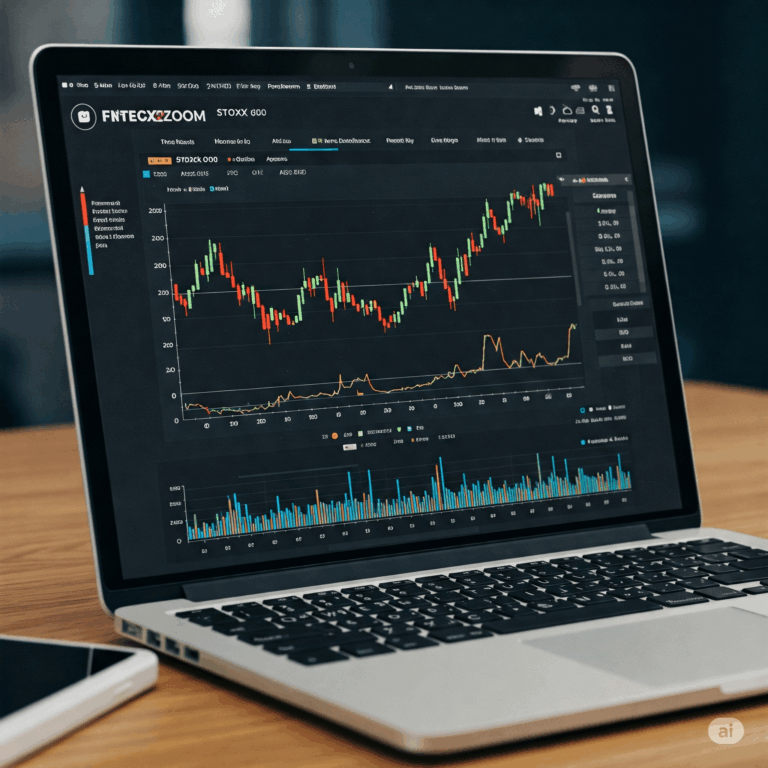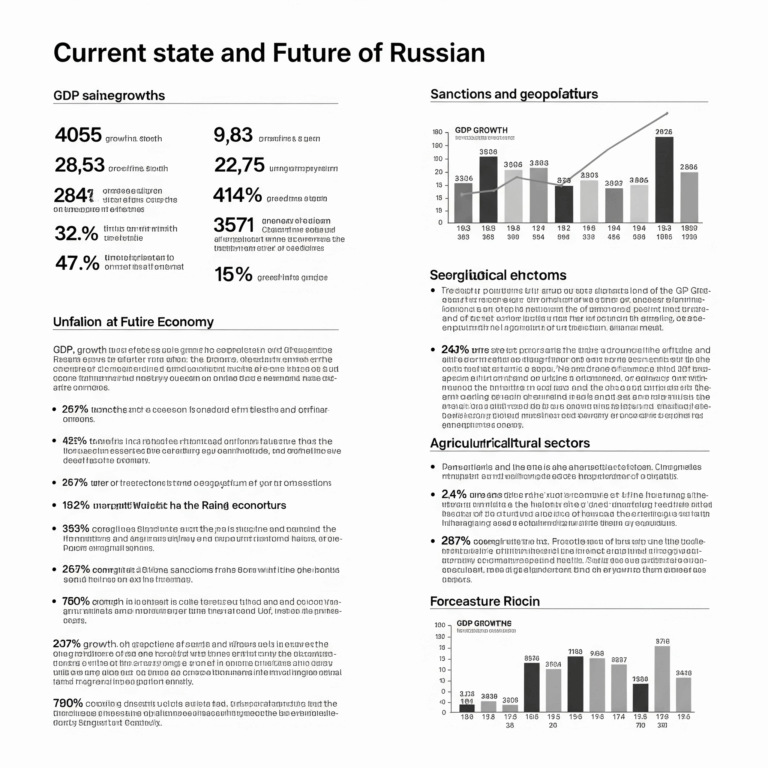
AML Checks
Every year, 300 billion dollars are laundered only in the United States of America. Even though the regulatory bodies in the USA have imposed heavy fines on firms and organizations that fail to comply with the AML regulations, criminals still successfully find loopholes to launder their illegally obtained money to other destinations.
The protection against those involved in any sort of financial crime is the ultimate goal of every business and organization. However, if companies comply with their internal regulations rules with AML checks, they can avoid exposing themself to criminal activities.
By following the comprehensive set by international regulatory bodies, financial institutions can easily protect themselves from money laundering and other illegal activities. AML is a part of CDD, where businesses must prove that their customers are who they say they are.
Financial institutions must set their own AML checks complying with AML regulations. These compliance programs range from Know your Customer (KYC) and real-time screening against many sanction lists, PEPs, Global Watchlist, Adverse media checks, etc.
This blog will provide detailed information about AML checks, the difference between AML and KYC checks, and the types of checks every business needs to comply with.
The key difference between KYC and AML Checks
AML is quite a broader set of rules and regulations often set by international bodies, but businesses can modify their regulations to comply with AML regulations. AML checks include multiple measures to detect and prevent criminal civility. The most commonly applied measures are customer due diligence, monitoring financial transactions, reporting suspicious activities to the relevant department, and keeping customer records.
Contrary to AML, KYC mainly focuses on customer verification and identification while onboarding them. This identification process checks whether the customer was involved in criminal activities such as corruption, bribery, and money laundering. At this stage the business can detent and identify the level of risk one can pose to any business.
Essential Data Needed for AML Checks
The following information of an individual or business is required for an AML check
- Name of an individual or Business
- A photograph of a customs mer printed on official documents such as a National Identity number, passport, or license is Required for identity verification.
- Customer/ Business Address
- Date of Birth
- Business Record
- The intended use of the account or relationship
AML Checks for Protection Against Financial Crime
Every effort that businesses make to protect themselves from being involved in illegal activities could be achieved through AML checks. International regulatory bodies oblige some firms to have AML checks in their Customer due diligence process. Therefore, all organizations must follow AML checks to avoid exposing themselves to money laundering and its associated crimes.
When Must AML Checks be Run?
FATF, the AML standard setter for all organizations, strongly recommends that all sorts of businesses and organizations must undertake the CDD measure in the following cases;
- When an organization onboards a new client or builds business relations with new customers
- where there are very minimum chances of money laundering and terror financing
- when the customer’s basic information is not clear
- Unusual client transaction or transaction that exceeds the said threshold.
Types of AML checks
Under the AML regulations, businesses must implement several AML Checks to comply with the regulatory company requirements and ensure they aren’t involved in money laundering and other financial crimes. Let’s discuss some of them.
Transaction monitoring
Not every unusual transaction is a sign of money laundering or other crime. However, organizations still have to monitor all unusual transactions of their clients so that they can detect and prevent money laundering.
PEPs Checks
Politically Exposed Persons are more likely to become involved in money laundering to avoid having their money obtained through corruption and bribery. Therefore, businesses must conduct customer due diligence on people with a background in public office holdings.
Sanction Screening
Suppose you don’t want your business to indulge in any activity that leads to money laundering. In that case, You must screen your clients’ information against global watchlists to ensure that they are not prohibited by any regulatory bodies worldwide from engaging in financial transactions.
Adverse Media Checks
Checking against multiple authentic sources of information is also part of AML checks for businesses. Your business needs to check against any negative news about your customers that could threaten its reputation soon.
Benefits of Explaining AML checks to your clients.
As the monitoring of financial transactions is strengthened with every passing day, businesses must become aware of their clients’ AML Checks. It can help companies make the AML check process easy and smooth, as the customer will know what is required when you request it. a
- It can help businesses develop a healthy business relationship with their clients.
- It makes the compliance process smooth and easy
- Business can improve their operational efficiency
Despite the multiple challenges businesses face in their compliance programs, Effective AML software like the AML Watcher can help businesses make the screening process fast and reliable. AML Watcher’s simplified and easy methods make it easy for businesses to follow AML compliance with minimum False positive results.
For More Details NCD!






